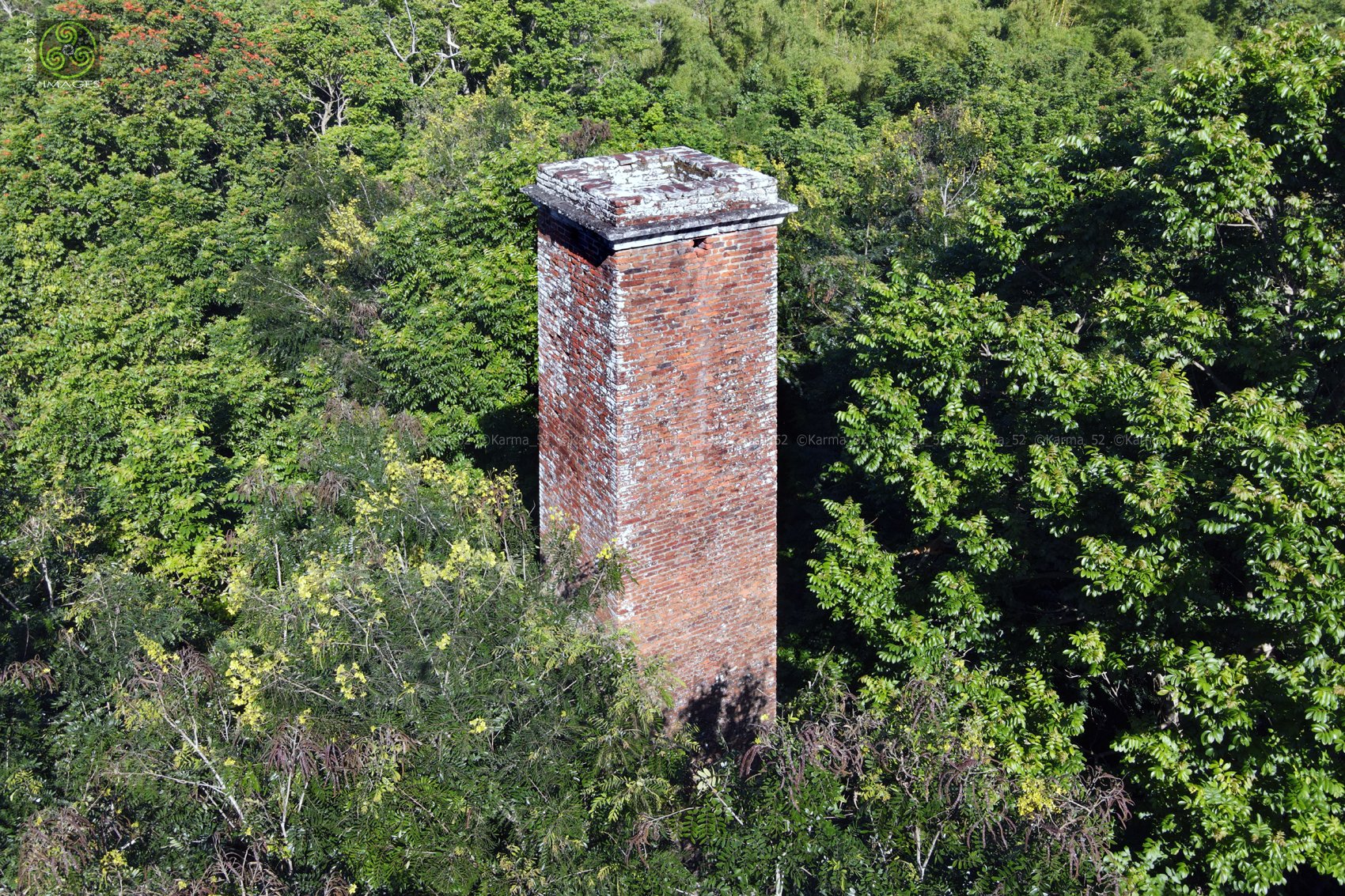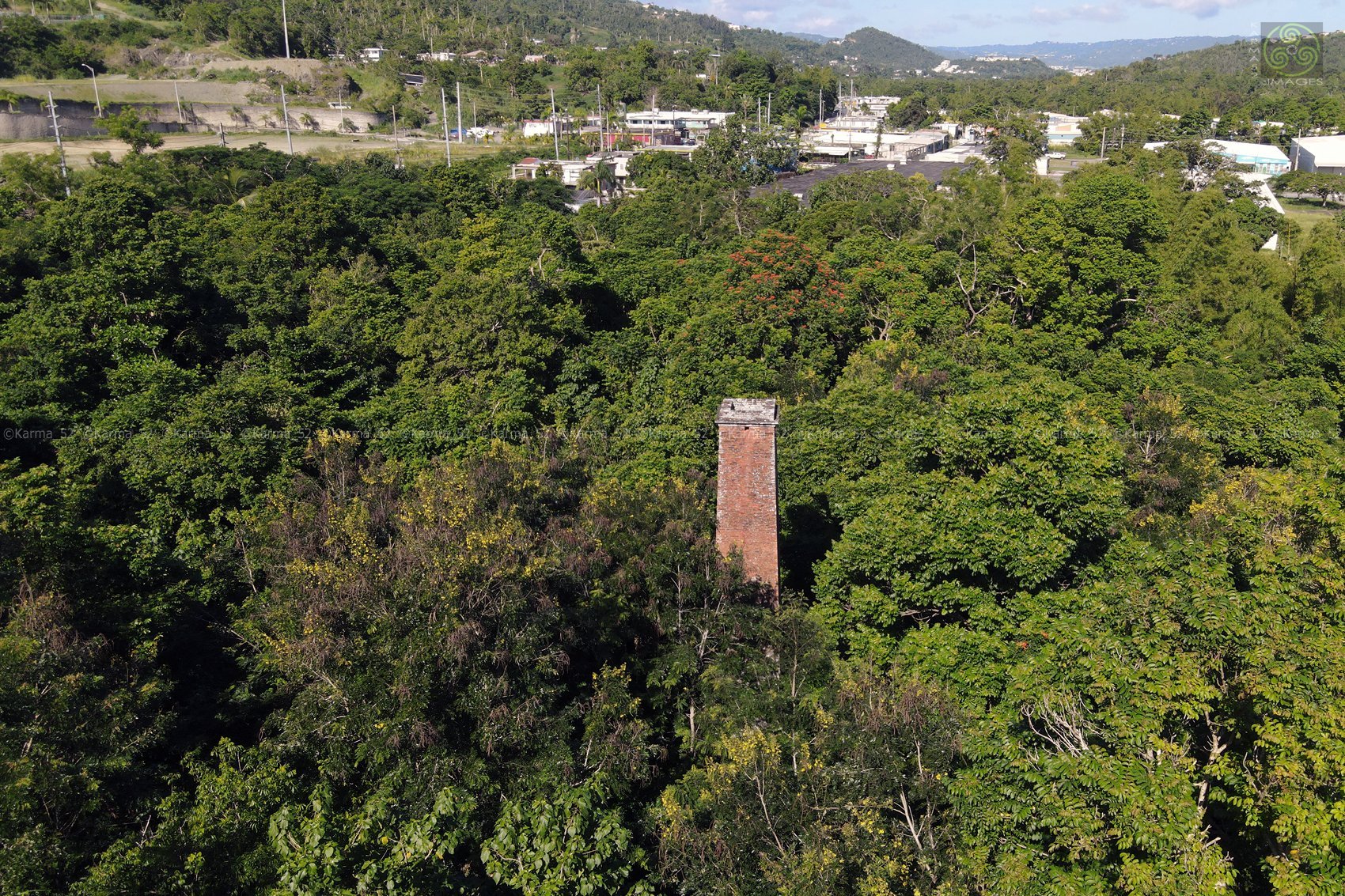
Hacienda Buxó
The booklet Los Pueblos de la Región Centro Oriental y su Historia (Siglos XIX y XX), published by the Turabo University and sponsored by the National Endowment for the Humanities, contains a section dedicated to document the powerful elite of the town of San Lorenzo, then known as Hato Grande, during the years 1873 to 1883. One of the mercantile firms documented in the booklet is Narciso Buxó & Cia., established by Narciso Buxó Mont (1824-1873) one of six children born from the marriage of José Buxó Bosch and Gertrudis Mont Carreras. On April 18, 1850 Narciso married Rosa Margarita Basart[1] Carreras (1827- ) in Sant Feliu de Guíxols, Gerona, Catalonia, Spain. They had four sons, José Buxó Basart (1851-1915), Salvador Buxó Basart (1855- ), Narciso Buxó Basart (1860- ) and Arturo Buxó Basart (1862-1937). It is unclear when Narciso and family emmigrated to Puerto Rico and established in San Lorenzo, but it must have been between 1860 when his third son Narciso was born in Spain and 1862 when his youngest son Arturo was born in San Lorenzo. It appears Buxó Mont was a very capable businessman as he became an important businessman and plantation owner and in a relatively short period of time after arriving in San Lorenzo.
Narciso had a brother named Serafín Buxó Mont (1821- ) born in San Feliu de Guixols, Girona, Catalonia. On October 31, 1842 Serafín married Rosalía Ribot Martimort and had one son named José Antonio Carlos Buxó Ribot (1843-1903). Serafín married a second time to Clara Geli and had two sons that always lived in Spain. It is unclear when Serafin and his son emigrated to Puerto Rico but it must have been after 1856 when the second son sof his second marriage was born in Spain. Then a widow since 1873 and heir to her deceased husband's estate, on or about 1880 Rosa married her brother-in-law Serafín Buxó Mont. By the early 1870s José Antonio Carlos Buxó Ribot had become a very important merchant in San Lorenzo, engaged mostly in trading and financing activities and was given the responsability of dissolving Narciso Buxó & Cia. By the mid 1870's, his first cousin José Buxó Basart had also become an important tobacco and sugar plantation owner while his uncle Baltasar Basart was responsible for the management of his mercantile firm José Buxó Basart & Cia., established in 1875.
The Commercial Directory of the American Republics compiled by the Bureau of the American Republics and published in 1898, lists the following sugar plantation owners in the town of Hato Grande, Puerto Rico: Sebastián Aponte, José Buxó Bazart (sic), Pedro Machín, Francisco Agapito Rodriguez, Sucesores de Soto y Tous and Jaime Vilá. In her book Santa Juan y Mano Manca, Ivonne Acosta states that one of the first colono agreements signed in 1906 by Central Santa Juana while still under construction was with José Buxó Basart. The1910 Commercial Guide and Business Directory of Puerto Rico lists José Buxó Basart under the distilleries category and the firm Arturo Buxó & Sobrino as grocers/wholesale.
José Buxó Basart married Rosa Villafañe Rotger, two of at least ten children born of this marriage were Elena Buxó VIllafañe (ca. 1893- ) and Juan Buxó Villafañe who married Emilia Quiñones Diepa. Juan and Emilia had a son named Juan Ramón "Nené" Buxó Quiñones (1910-1988). In Google Maps, the location of the remains of this sugar factory are identified as the "Casa Nené Buxó". For many years Juan Ramón leased the hacienda from his aunt Elena and operated it as a sugar plantation. He bought the property from his aunt in the 1960's and continued operating it as a sugar plantation until his death in 1988. It is reasonable to believe then that Hacienda Buxó was established by José Buxó Basart, was inherited by his daughter Elena who then sold it tho her nephew Juan Ramón. Today the remains of what was this hacienda is owned by Juan Ramón daughters Vilma and Edda Buxó Almeda.
Until recently, the remains of the hacienda included the manor house and the sugar factory machinery, however, the manor house burned down and the machinery was stolen for its scrap value, thus the only remaining stucture is the chimney. It can be located in this Google Map on the south bank of the Rio Grande de Loiza just short of ½ mile to the west of Hacienda El Vapor and just under 2 miles southeast of Hacienda Felicidad.
The aerial pictures below were taken in October 2022 by Carlos Alemán who made us aware of the existence of these ruins and who allowed us to publish the photos.
_____________________________________________________
[1] sometimes spelled Bassart and Bazart


